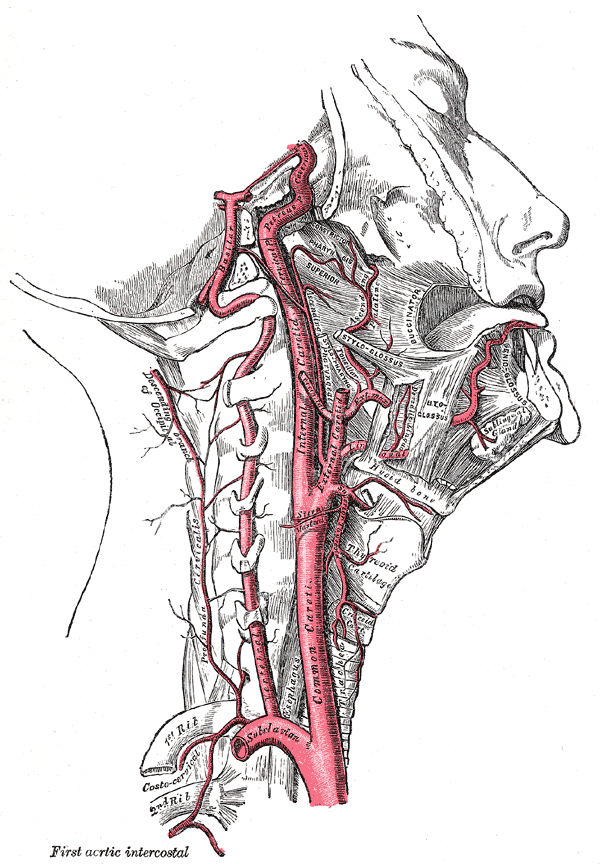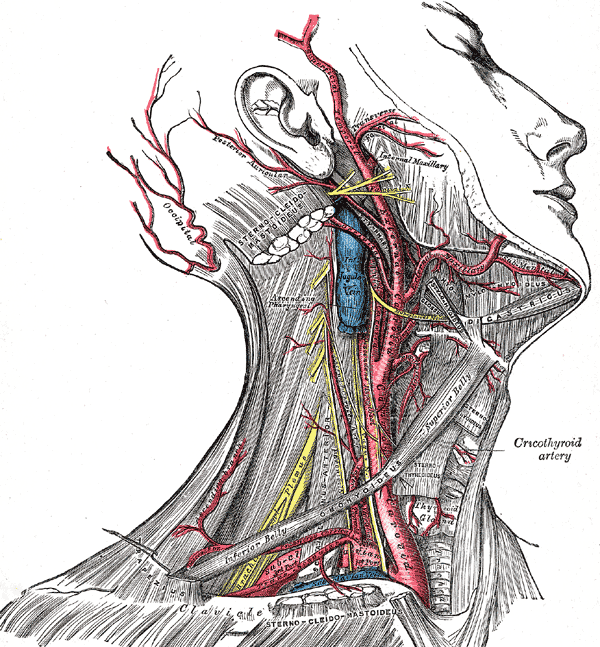Case Scenario:
A 35-year old man was shifting furniture in preparation for his family’s move to a new home. When he strained to pick up a particularly heavy coffee table, he suddenly felt a sharp pain in his right groin. Later, he noticed that a painful bulge[1] had developed in hid groin which disappeared when he lay on his back. He did not like going to the doctor, so he ignored the condition. After several months, the pain and the bulge in his groin increased and he finally consented to see a physician. On examination, the physician observed a swelling which began about midway between the anterior superior iliac spine and the midline, progressed medially for about 4 cm, and then turned toward the scrotum. Taking the history and physical findings into account, the physician made a diagnosis of indirect inguinal hernia[2] and scheduled him for surgery [3]. The hernia was successfully repaired [4], and he was released from the hospital a few days later.
Explanation:
Inguinal hernia:
An abdominal viscous that pushes through a congenital or acquired defect in the lower abdominal wall. The occurance ratio in males to females is 9:1.
[1] Cause of Bulge Formation:
The most probable cause is the loop of small intestine that traversed the inguinal canal. The body layers surrounding the bulge are the
- Skin
- Dartos muscle
- Membranous layer of superficial fascia
- External spermatic fascia
- Cremasteric fascia
-
Internal spermatic fascia
[2] Why is this indirect inguinal hernia?
The indirect inguinal hernia traverses the inguinal canal. Indirect inguinal hernia sacs enter the canal at the deep inguinal ring lateral to the inferior epigastric vessels. It may or may not extend through the superficial inguinal ring and into the scrotum or labium majus.
Direct inguinal hernia:
The direct inguinal hernia bulges through the weak fascia of abdominal wall directly behind superficial inguinal ring medial to inferior epigastric vessels. Direct inguinal hernias are common among the elderly men with weak abdominal muscles. It rarely enters the scrotum.
Prevalence:
Indirect inguinal hernia is more common in males and may be due to:
- Congenital defect
-
Injury
[3] Why treatment is necessary?
Inguinal hernia in which the bowel is trapped leads to intestinal obstruction and strangulation of loop of bowel projecting into inguinal canal. If this condition Is not treated immediately, gangrene of intestine occurs within 12 hours.
[4] Abdominal layers incised during surgery:
Midline incision passes through:
- Skin
- Superficial fascia
- Linea alba
- Fascia transversalis
- Extraperitoneal connective tissue
- Median umbilical ligament
- Parietal peritoneum
Formation of Inguinal Canal:
Inguinal canal is formed as the gubernaculums draws testis down into scrotum during fetal development in either sexes. Deep inguinal ring persists as the defect in trransversalis fascia and is formed as the gonadal structures descend. Superficial inguinal ring is the defect in external oblique muscle.
In males spermatic cord passes through the inguinal canal
Round ligament of uterus passes in females.
Ilionguinal nerve also passes.
 howMed Know Yourself
howMed Know Yourself


